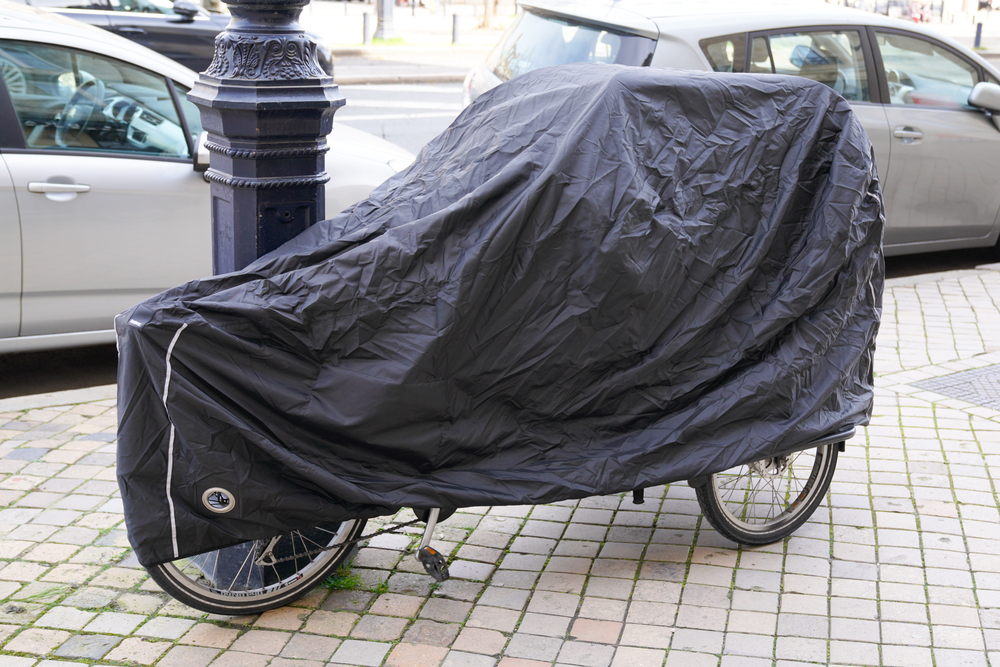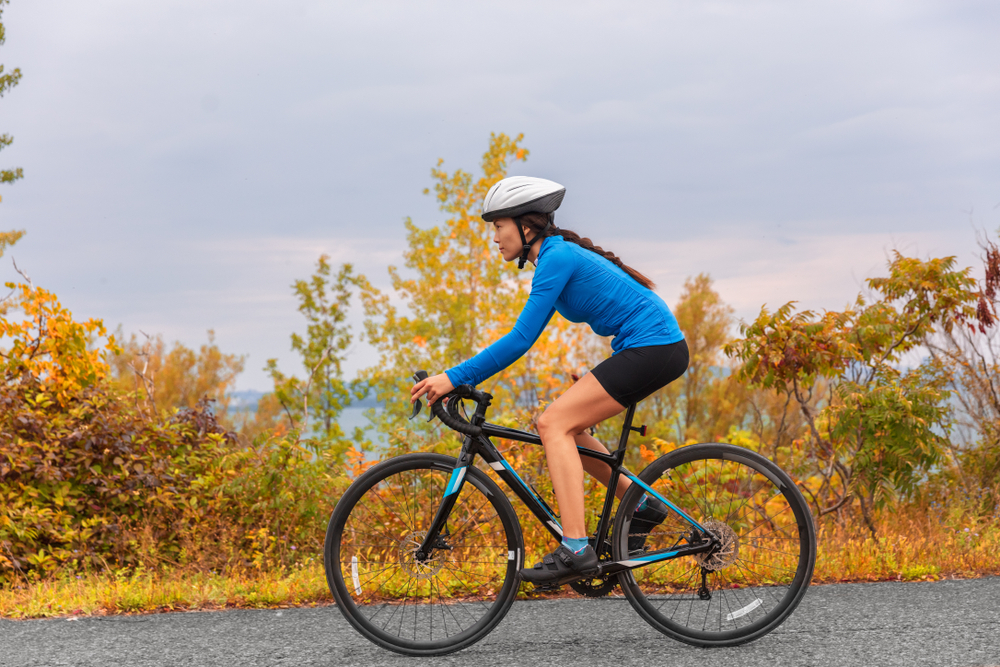When discussing the speed of professional bicycles, it’s important to consider the context in which they are used, as this can significantly influence their performance. Pro bikes, ridden by elite cyclists in competitions, are engineered to maximize speed, efficiency, and aerodynamics. However, the actual speed achieved on a pro bike can vary based on several factors including the type of racing, the course, and the rider’s skill and condition.
In professional road racing, speeds can vary dramatically. During flat stages of the Tour de France, for example, the average speed of the peloton (the main group of riders) can be around 25-28 mph (40-45 km/h), but this can increase to over 40 mph (64 km/h) in high-speed sprints to the finish line. Individual time trials, where riders race against the clock over a set distance, often see average speeds of 30-34 mph (48-55 km/h). The record for the fastest average speed in a Tour de France stage is held by Rohan Dennis, who averaged 34.5 mph (55.446 km/h) during a time trial in 2015.
Climbing speeds, on the other hand, are much slower due to the steep gradients and the effects of gravity. In the mountain stages of grand tours, average speeds might drop to around 12-16 mph (19-26 km/h). These variations are crucial for strategizing in races, as teams must balance their efforts between flat, hilly, and mountainous terrains.
Track cycling presents another scenario where speed is a defining element. On velodromes, professional track cyclists can reach speeds of up to 45-50 mph (72-80 km/h) during events like the individual sprint. The controlled conditions of a track — smooth surfaces and no external environmental factors like wind or rough terrain — allow for these higher speeds.
Technological advancements in bike design also play a critical role in the speeds achieved by professional cyclists. Modern pro bikes are a product of extensive research and development, focusing on materials like carbon fiber that combine lightness with strength. Aerodynamics is another crucial factor; everything from the frame’s shape to the rider’s positioning is optimized to reduce air resistance. Even the clothing worn by cyclists is designed to be as aerodynamically efficient as possible.
Training and physical conditioning are just as important as the mechanical aspects. Professional cyclists spend countless hours perfecting their technique and building the endurance and power necessary to maintain high speeds over long distances. Nutrition, recovery, and mental strategies are also key components of a pro cyclist’s regimen.
It’s also worth noting the influence of drafting or slipstreaming in cycling. By riding close behind another cyclist, a rider can save up to 30% of their energy at high speeds due to reduced wind resistance. This tactic is commonly used in road races to enhance overall speed and efficiency.
Thus, while the bikes themselves are capable of high speeds, the actual speeds in professional cycling are a product of human and environmental factors as well as the engineering of the bikes. Each race or event showcases a different aspect of what professional cycling and cutting-edge bicycle technology can achieve. Whether it’s breaking away from the peloton in a flat sprint or enduring the grueling ascent of mountain stages, the speed of pro bikes is as much about the rider and strategy as it is about the equipment.






